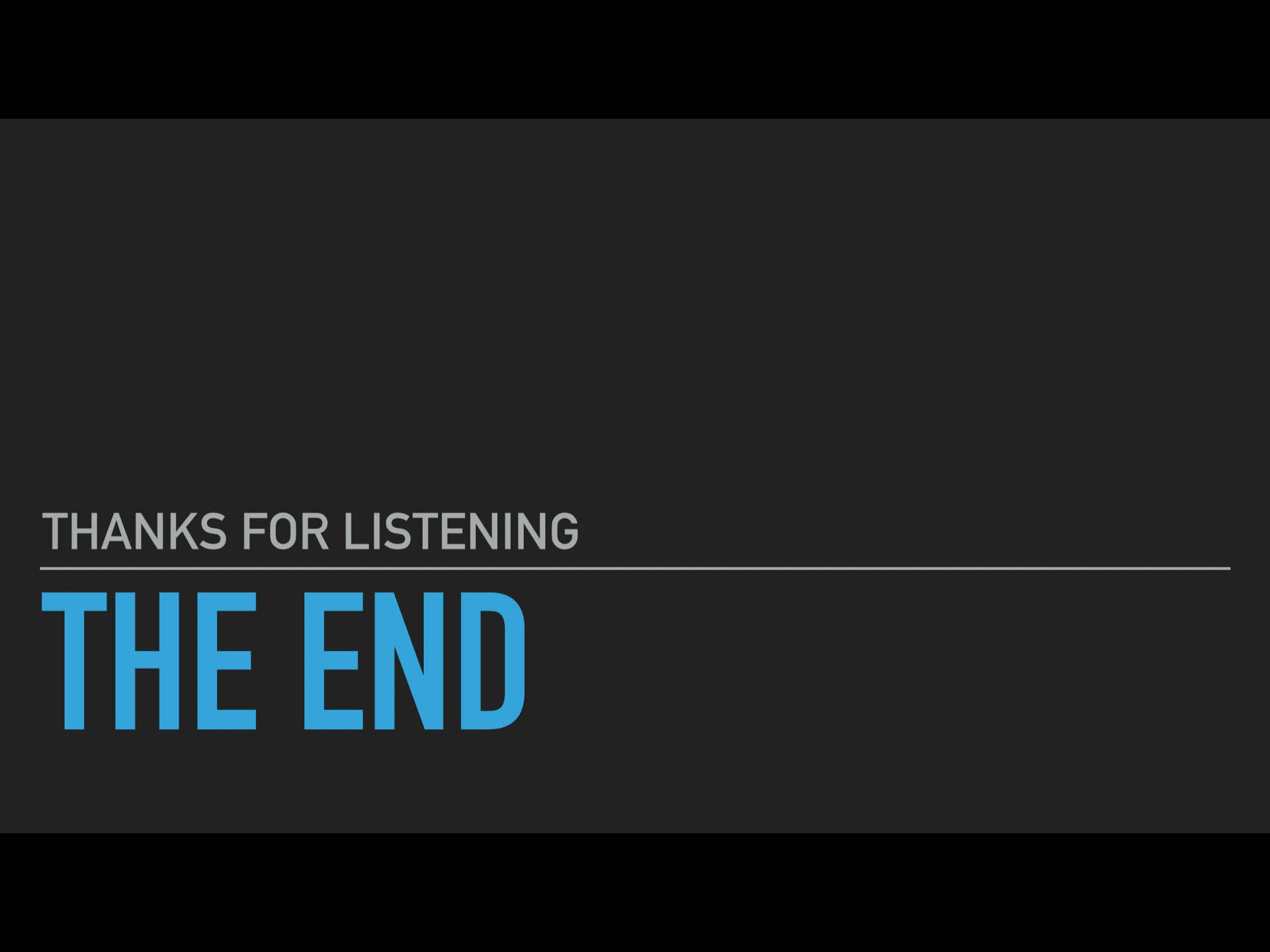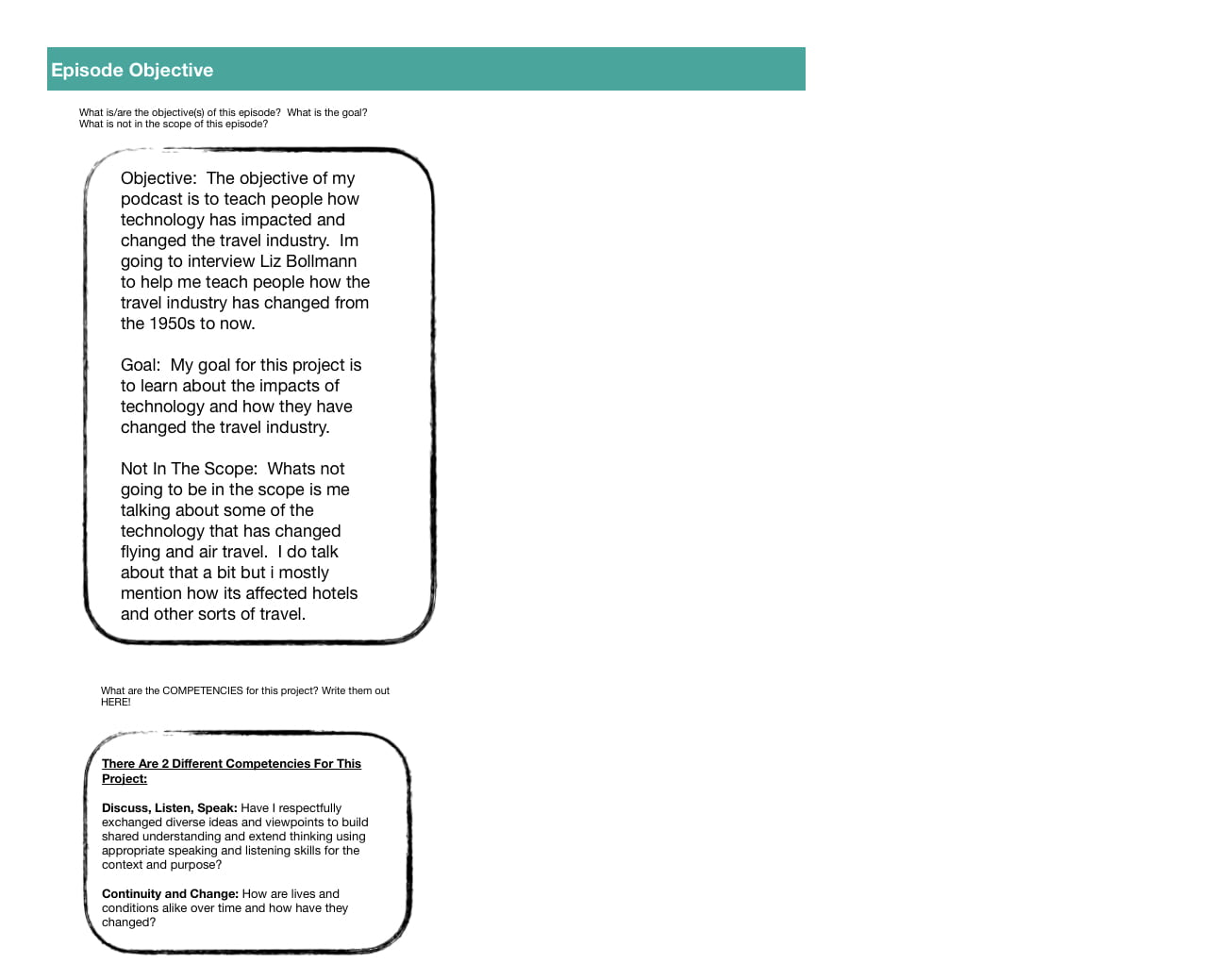Hey, this week in school we’re finishing off our voices of the cove project. In this project, we learned about continuity and changed and how things have changed from the 1950s to today. We had to interview people who live in Deep Cove about them and how life has changed. This project focused on continuity and change in our community.
The driving question for our project was How Did Canadian Life Develop after WWII?
For our final product for this project, we made a podcast episode. With my podcast being about technology, I talked about how technology in the hotel industry has changed from the 1950s to now. If you want to listen to my podcast episode click down below.
Also, shout out to my friend Anders who’s podcast is about hard work, motivation, and more. His latest podcast episode is called “The Story of Deep Cove”. If you want to listen to his episode, click the icon below.
Now, before I created my podcast episode, there were many other things that I had to complete to help me organize my ideas and gain a better understanding of what I wanted to discuss. Throughout the project, our assignments revolved around two big competencies. The first competency was to discuss, listen, speak. The second competency was continuity and change. I’m going to tell you which assignments helped me the most in completing my podcast episodes and how I better improved my skills with the competencies.
Interview Research and Questions: Continuity and Change
A milestone that we had to complete before we could complete our podcast was the interview research and questions. I decided to interview Liz Bollmann who works with the Deep Cove Heritage Society and is also a software developer for hotel reservation systems. If you want to learn more about the deep cove heritage society, click here. I decided to do my research on the hotel and travel industry and how technology has changed from the 1950s to today.
For this milestone, I showed my ability to find and understand continuity and change. From all of my research, I looked at many different examples of technology in the travel industry from the 1950s and today and how it changed and stayed the same. Along with that, I showed this competency through my questions. These questions helped us get strong answers from my interviewee about continuity and change in the travel industry.
Canadian Connection Keynote: Discuss, Listen, Speak
Another milestone we did was our Canadian Connection Keynote Presentation. For this, we had to create a presentation about development in Canada in the 1950s. I connected my keynote presentation to my podcast topic about the travel industry in the 1950s. Below you can see my keynote presentation.
This milestone helped me with my ability to speak and present to an audience. I have learned how to better share and speak my ideas to an audience. I’ve also gotten better at taking in ideas and information. This presentation has also help me understand what I need to work on in the future for when I present.
Podcast Planner: Continuity and Change
While we were working on completing our podcast episode, we also had to complete our podcast planner. Our podcast planner was a way that we could organize all of our ideas. We completed different steps to help us prepare to create a great podcast episode. Below are some images from my podcast planner.
This helped me better understand Continuity and Change. My podcast planner helped with this because I was able to better organize my ideas of how I was going to incorporate continuity and change in my podcast episode. Without my podcast planner, I wouldn’t have been able to organize my episode in a way that showed how my topic of the travel industry has changed and stayed the same.
Now, all of this helped me with completing my final podcast episode differently. Not only did they help me with preparing to record and create my final episode, but they also taught me new things that made my podcast episode even better. I learned how to collect my ideas and analyze different examples of continuity and change. I’ve also learned how to better present my ideas to an audience. Finally, I’ve learned how to organize all of these ideas. All of these new skills have helped me with creating a great final episode.
After all of this, I now feel that I can answer the driving question of “How did Canadian life develop after WWII?”. There are a lot of different ways that Canadian life developed after WWII. In terms of technology, there has been a lot of new technology that came out in the 1950s. There was television, newer cars, electronic household appliances and more. If you’d like to learn more about how technology has impacted Canadian life, make sure you check out the latest episode of my podcast!














